Throughout history, certain U.S. cities have captured the imagination with their potential for massive growth.
These cities had all the ingredients to become major urban centers but, for various reasons, did not fulfill that promise. Here are nine cities that seemed poised to explode with growth but didn’t.
Gary, Indiana
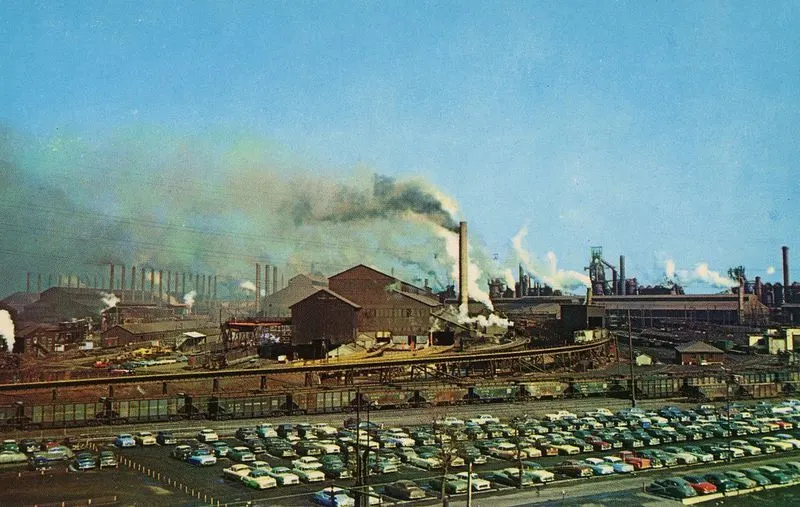
Once touted as the “Magic City,” Gary, Indiana, was expected to thrive due to its booming steel industry. The city’s growth seemed unstoppable in the early 20th century.
However, economic downturns and industry shifts led to a rapid decline. Today, Gary stands as a testament to industrial rise and fall, filled with echoes of its bustling past.
The once-vibrant streets now tell stories of resilience and adaptation, as residents navigate the challenges of revitalization and hope for a brighter future.
Atlantic City, New Jersey
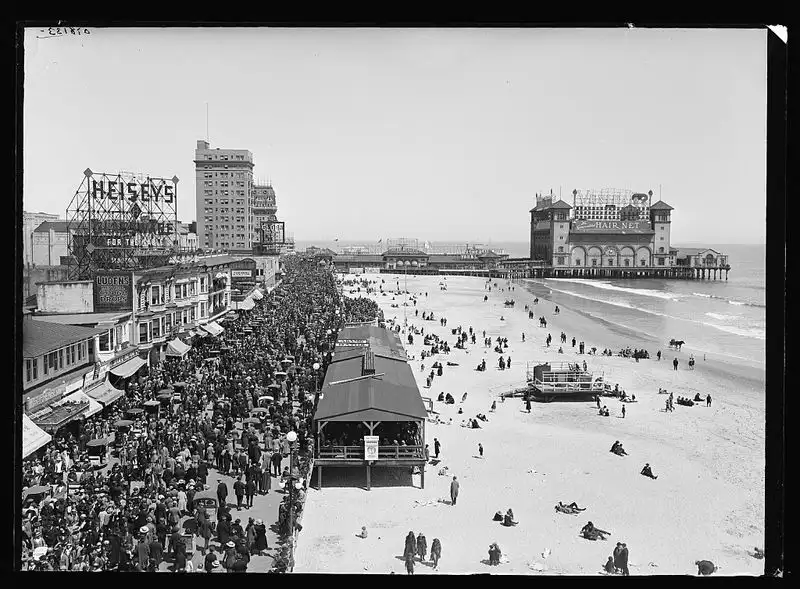
Known for its iconic boardwalk and casinos, Atlantic City was destined to become the East Coast’s playground. The city enjoyed a heyday during the Roaring Twenties.
However, competition from neighboring gambling hubs and economic hardships curbed its growth. Despite attempts at revitalization, the city has struggled to regain its former glory.
Visitors can still enjoy its seaside charm and architectural remnants, offering a nostalgic glimpse into a once-thriving resort destination.
Detroit, Michigan
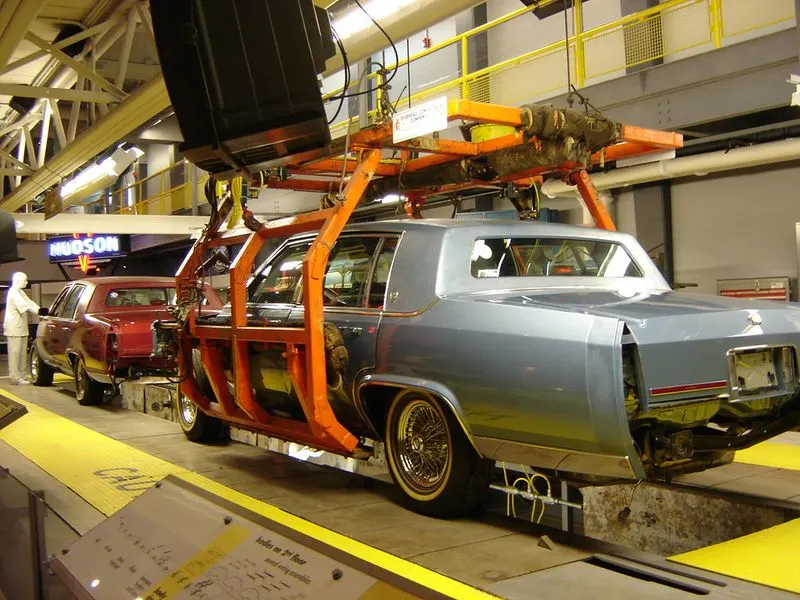
Detroit, the Motor City, was once the heart of American car manufacturing. Its factories symbolized innovation and prosperity, drawing workers nationwide.
Yet, economic setbacks and industry relocation caused significant population decline. The city’s landscape transformed drastically, leaving behind a rich cultural legacy.
Today, efforts to revitalize Detroit focus on revitalizing its arts scene and leveraging its historical significance, creating a dynamic yet challenging urban tapestry.
Youngstown, Ohio
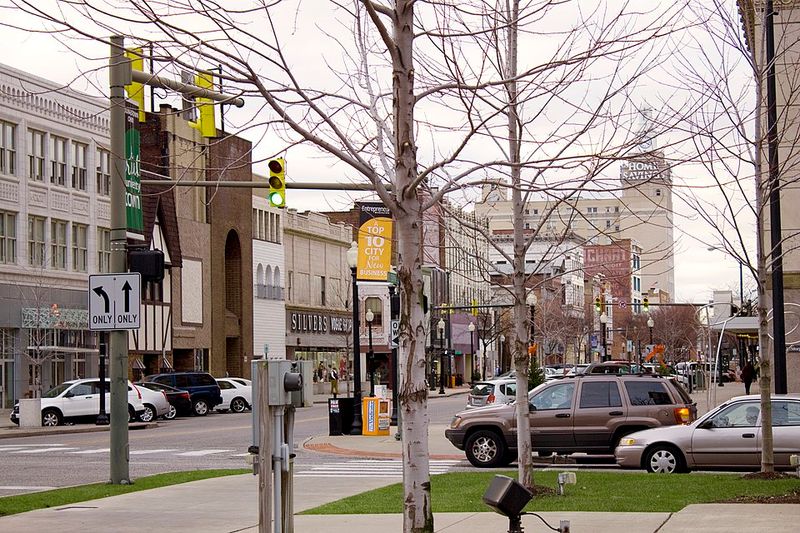
Youngstown thrived as a steel powerhouse, buzzing with industry and opportunity. Its mills were the backbone of the community, driving economic growth.
However, the collapse of the steel industry in the 1970s plunged the city into economic hardship. Youngstown’s story is one of resilience and reinvention.
Today, a focus on education and technology aims to revitalize the city, marking a new chapter in its storied history, full of hope and renewal.
St. Louis, Missouri

Once a bustling gateway to the west, St. Louis was primed for significant urban expansion. The city’s strategic location and vibrant riverfront marked it as a trading hub.
However, suburbanization and industrial shifts slowed its momentum. Despite these challenges, St. Louis retains cultural richness and historic charm.
Efforts to revitalize the downtown area continue, with a focus on innovation and community engagement, aiming to rejuvenate its urban landscape.
Buffalo, New York

Buffalo was once a beacon of prosperity, thanks to its strategic location on the Great Lakes. The city’s impressive architecture reflected its economic might.
However, as industries moved, Buffalo faced significant downturns. The city’s spirit, however, remains indomitable, with a focus on heritage and culture.
Today, revitalization efforts focus on harnessing historical assets and promoting urban development, igniting a renewed sense of purpose and community.
Bridgeport, Connecticut

Bridgeport stood as a beacon of industrial success, with factories driving economic growth. Its potential seemed limitless during the early 1900s.
However, deindustrialization led to economic challenges, curbing its anticipated growth. Yet, Bridgeport remains a city of innovation and resilience.
Current development projects aim to transform the city by focusing on sustainability and economic diversification, paving the way for a promising future.
Scranton, Pennsylvania

Scranton once thrived on coal and railroads, serving as a vital industrial hub. The city’s growth seemed unstoppable during its peak.
However, as coal demand declined, Scranton faced economic hurdles. The city’s architectural legacy and vibrant culture remain enduring symbols of its past.
Today, Scranton focuses on cultural and educational development to foster urban revitalization, offering a blend of history and modernity.
Rochester, New York
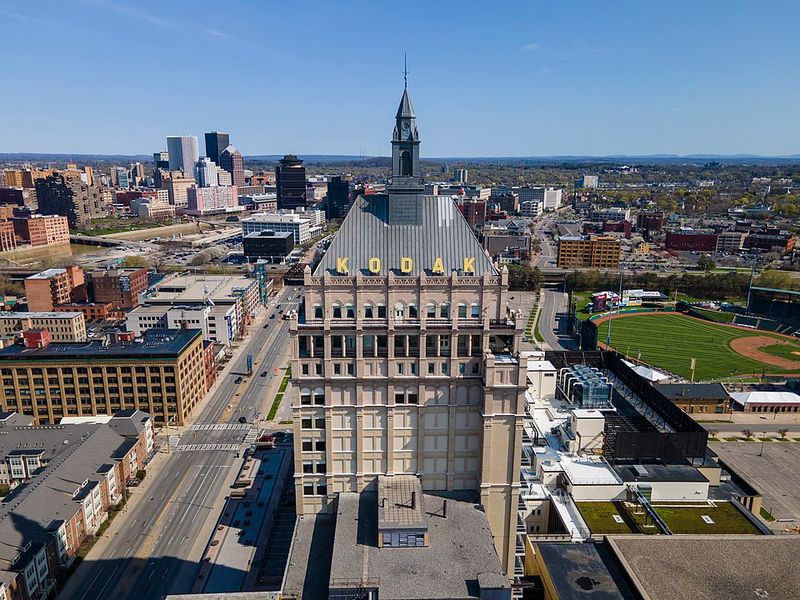
Rochester flourished as an innovation hub, notably with Kodak’s rise. The city was a center of technological advancement and economic growth.
Yet, as industries evolved, Rochester faced significant challenges. The city’s resilient spirit is evident in its pursuit of new opportunities.
Efforts to revitalize focus on technology and education, striving to redevelop Rochester’s economy and cultural scene, breathing new life into its storied past.

